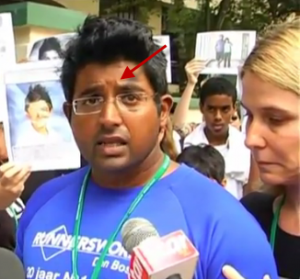In a past blog, A Look at the Truth, Humintell reported on distinguishing features of truth tellers & liars. Following are remarks from the original blog as well as videos that illustrate the importance of microexpressions and nonverbal behavior.
Dr. Matsumoto has stated that it is equally important to determine truthfulness when trying to detect deceit. Based on scientific research done in the field of detecting deception, we know that there are both accurate and inaccurate cues to focus on when trying to decipher a lie from the truth.
Cues to deception occur through many channels including facial expressions of emotion, microexpressions, gestures, verbal style and verbal content as well as other cues.
Remember that there is NO Pinnochio effect– that is, there is not 1 reliable clue to deception, which alone can determine whether or not someone is lying. Things such as fidgeting, eye gaze, lack of eye contact, scratching of the nose and excessive blinking by themselves are not 100% foolproof ways to detect deception. See common misconceptions about microexpressions.
Humintell emphasizes looking for inconsistencies between verbal and nonverbal statements, which we call hot spots. For example, if you see someone say the words “I love you” and then you see a microexpression of disgust on their face, this is a hot spot. However, 1 or 2 hot spots doesn’t necessarily mean deceit especially if they are expressed when discussing different topics.
The video below is of a woman named Erin Runnion. Her daughter Samantha was kidnapped outside their home. The raw emotions are powerful!
Click here to view the embedded video.
Compare Runnion’s emotions, behavior and facial expressions to that of Diane Downs, a mother whose children were shot, two survied and one died:
Click here to view the embedded video.
Although Downs never admitted to committing the act herself, she was convicted of murder & attempted murder by the testimony of her daughter whom she shot in the face.

